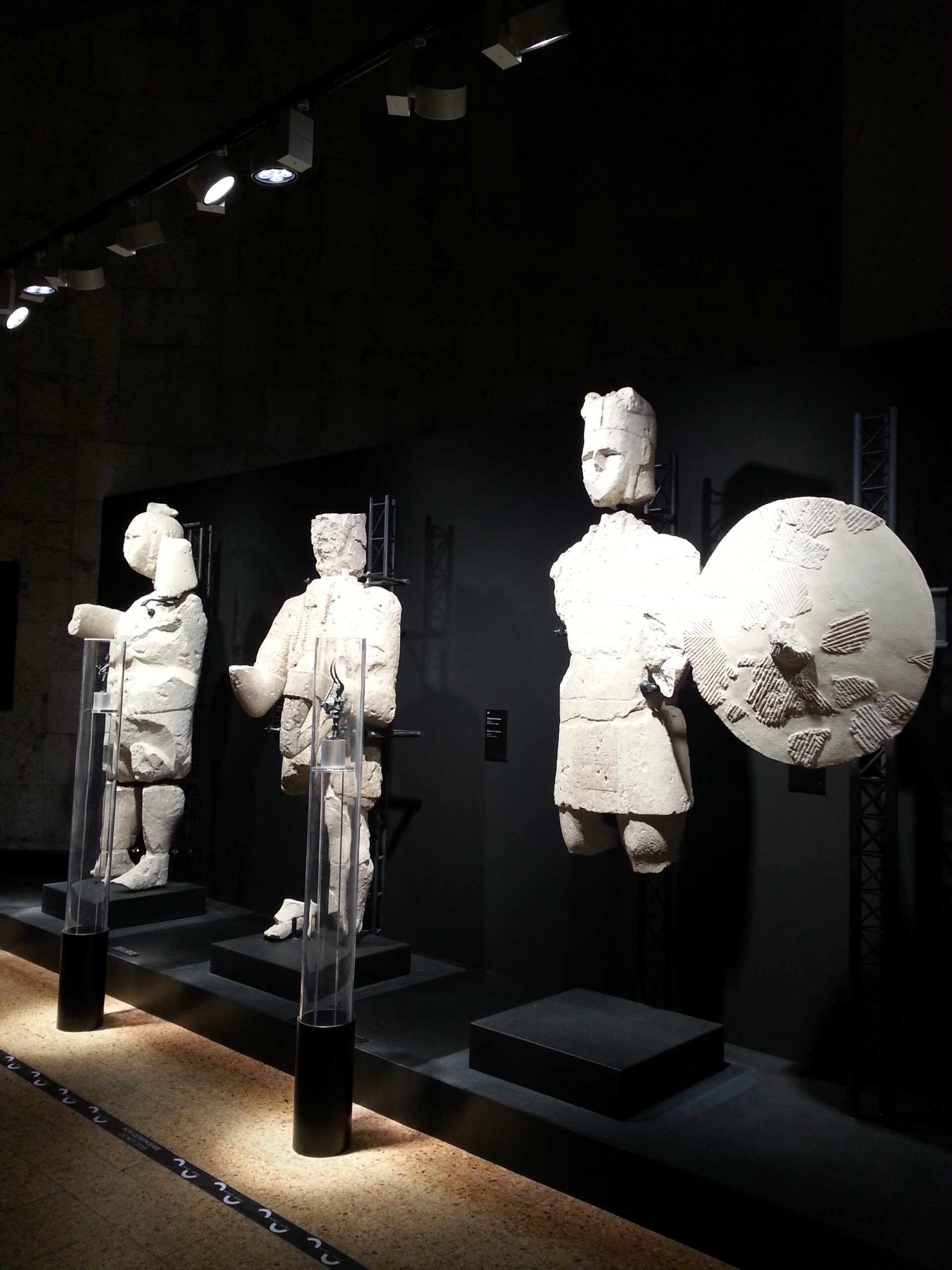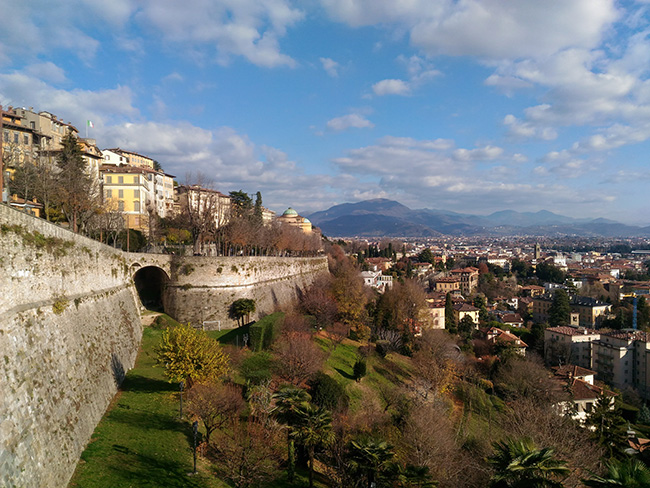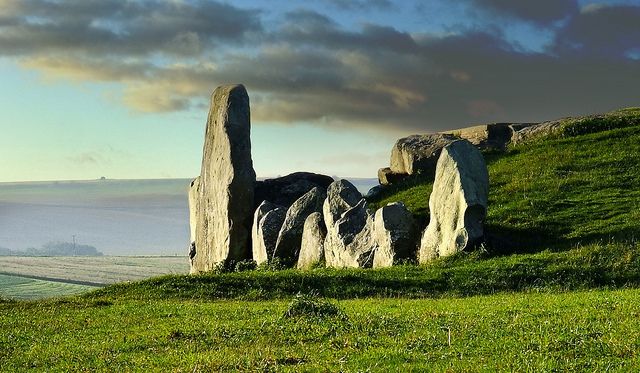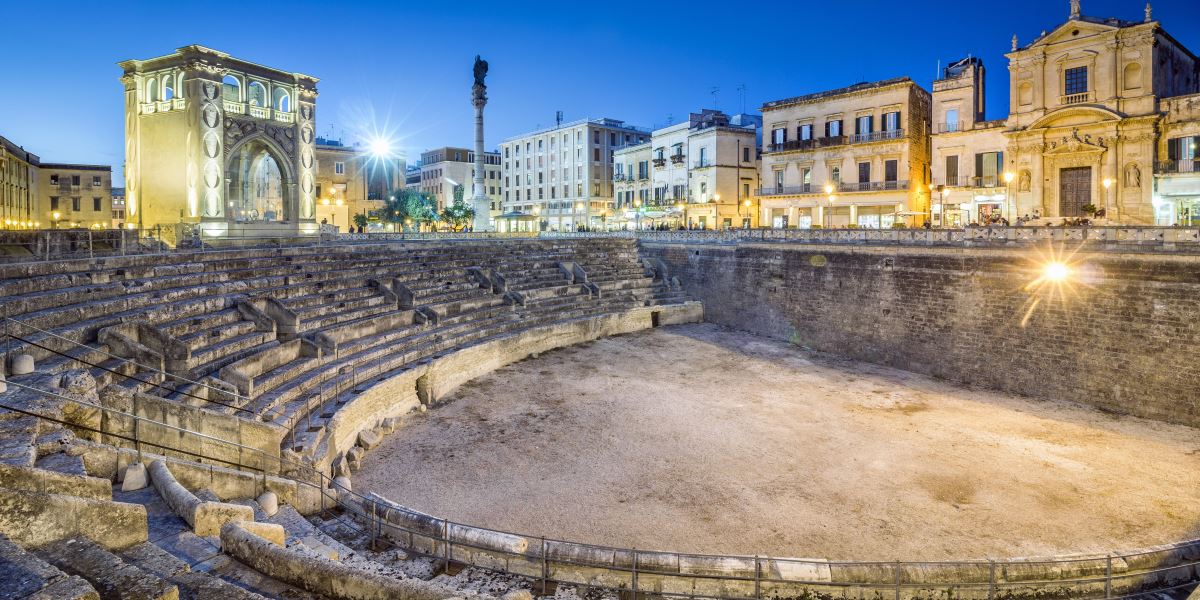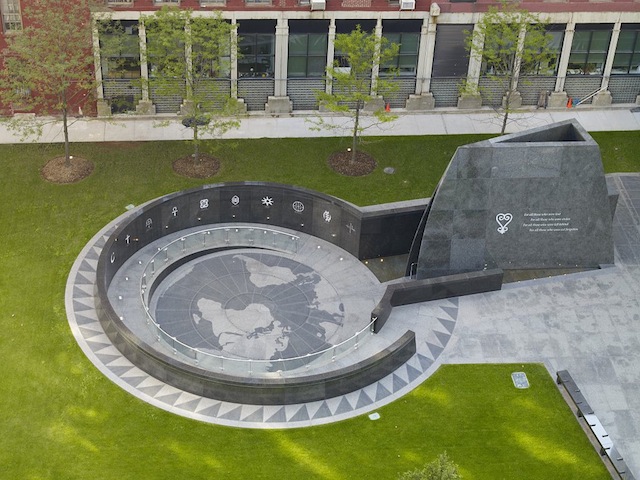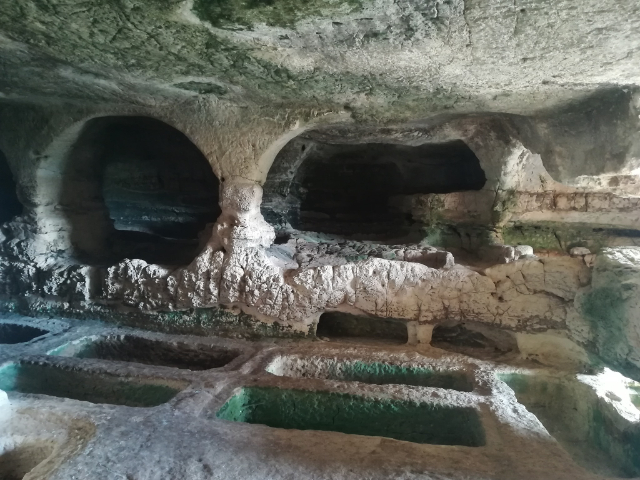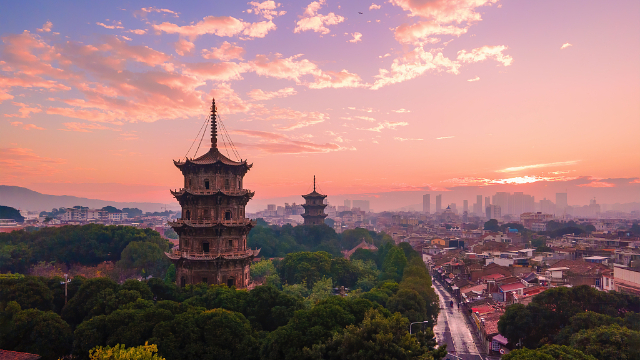The necropolis of Mont’e Prama is located at the base of the homonymous hill, at a distance of about 2 km from the pond of Cabras, along the road that leads from San Salvatore to Riola Sardo. The discovery of the site happened by chance in March 1974 by farmers who were doing agricultural work. Several excavation and recovery interventions followed, between 1975 and 1979, conducted by the Superintendence for Archaeological Heritage of Cagliari and Oristano and the University of Cagliari. The first excavation campaign was carried out in 1975 (excavation A. Bedini) and allowed the identification of about ten quadrangular lithic cyst burials and others with circular wells, some of which were associated with nuragic ceramic materials.
With the second intervention, conducted between 1977 and 1979 (excavation C. Tronchetti), were identified another thirty tombs aligned on a single row from south to north, plus three others placed to the east of the previous ones; immediately behind the tombs was recognized a stretch of ceremonial road with the same orientation. The burials, dug in the ground, are of the subcylindrical well type, with a diameter from 60 to 70 cm and a depth from 70 to 80; they were covered by quadrangular slabs of chalky sandstone 100 x 100 x 14 cm thick. The buried individuals, in sitting or kneeling position, belong to both sexes and are all in adult age. The tombs excavated with the second intervention were completely devoid of trousseaus, with the exception of one that has returned an Egyptian scarab of uncertain attribution. These were covered by an accumulation of sculptural materials in which were included 5178 fragments of male statues and other sculptural elements in arenaceous limestone. These materials, recently restored in the Centre of Conservation and Restoration of Li Punti (Sassari), are pertinent to male statues, models of nuraghi and betili. The 28 statues identified so far, all fragmentary, represent 16 boxers, 5 archers and 5 warriors. The boxers wear a skirt and are bare-chested; they protect their heads with a shield held by the left hand at the top of the head, while the right hand, protected by a glove, holds the other side of the shield. The archers, who wear a short tunic and a protection on the chest, have a helmet with two horns on the head from which long braids sprout; the left arm, protected by a sheath and a glove, holds a bow. The right arm has a forearm and hand extended forward. The legs are protected by shin guards. The presence of fragments not referable to the iconographies described has suggested the possibility that there are other figures of warriors including one characterized by the presence of the shield. Almost certainly the model of reference were the figured bronzes, of which the stone statues take up quite faithfully the characters and stylistic features. Among the 16 models of nuraghe identified, 3 specimens are attributable to complex monuments four-lobed, 5 polylobed, while 8 represent single towers. The bethyls, carved in the sandstone, are of the so-called "Oragiana" type, that is to say of a truncated cone shape with quadrangular hollows just below the ridge. At the current state of studies on the Nuragic civilization, it is believed that the necropolis of Mont’e Prama may have been the funerary space reserved for a dominant family group in the Nuragic society of the Early Iron Age.
Between 2007 and 2011, thanks to the funding of the Ministry of Heritage and Culture and the Region of Sardinia, the restoration of the entire complex of statues was carried out at the Centre for Restoration and Conservation of Li Punti in Sassari, under the coordination of the Superintendence for Archaeological Heritage of Sassari and Nuoro. As part of the cultural project "Mont’e Prama Prenda ‘e Zenìa".
This restoration work has made it possible to identify a total of 28 male statues, of which 16 boxers, 6 archers, 6 warriors; the models of nuraghi, 16 in number, refer in 8 cases to single-tower monuments, in 3 to quadrilobate, in 5 to polylobate.
